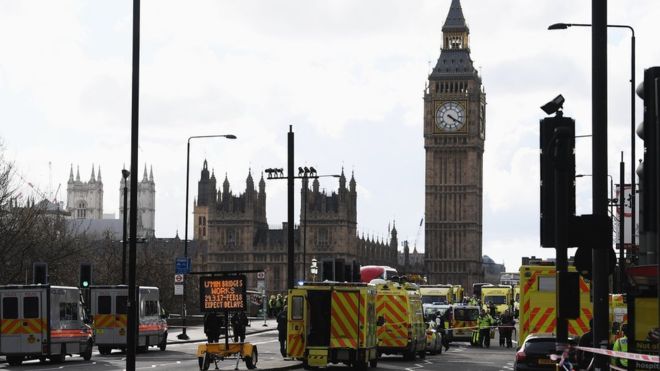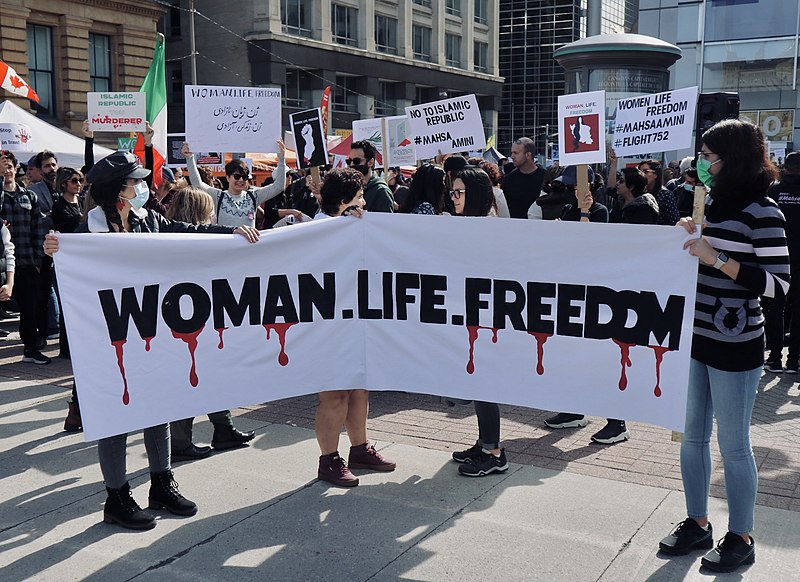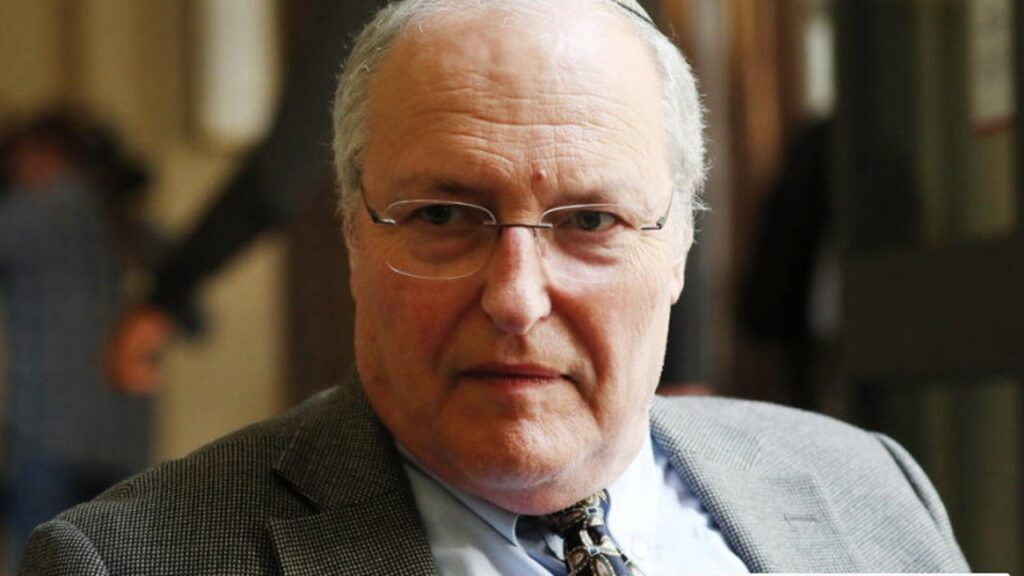The war of the West against the rising tide of jihadist terrorism cannot be won without full coordination between the members of the coalition of threatened countries.
Since the terrorist attacks in the 1960s, terrorist organizations have geographically distributed their assets across a number of countries to recruit their manpower, engage in military training, park their financial assets, and provide safe passage across different states. Their goal was to create an international terrorist network, whose components would be beyond the reach of any Western military powers.
What has now become clear is that effective solidarity among states has become a prerequisite for ultimately succeeding in this conflict.
Yet, in the aftermath of the Islamic State’s brutal attacks in Paris during 2015 that left 129 dead, there began a discussion in the international media of whether the terrorist attacks against Israelis could be compared with the newest jihadist assault on European capitals.
A number of voices rejected any comparison.
Israel’s terror problems, it was argued, were “political,”1 and part of a Palestinian national struggle. Therefore they could be addressed through diplomacy. What Europe faced came from a completely different motivation that was not amenable to any compromise. Israel could cut a deal with the Palestinians, while Europe had no such options with ISIS or al-Qaeda. When in 2015, an ISIS executioner pointed his knife to the Mediterranean and declared, “We will conquer Rome,” before beheading Egyptian Copts on a Libyan beach, he presented goals which no European could even agree to negotiate. This set the stage in European capitals for the conclusion that there was little the Europeans could learn from Israel.
But was such a conclusion warranted? There are two dimensions to the classic European position. First, the Palestinian attacks on Israel are largely political, the thinking goes, that is, they are part of a territorial conflict over the future of the West Bank and the Gaza Strip. Many Europeans (and part of the Israeli political class) view the Palestinians as a people under occupation that employ violence as part of their “resistance.” The assault on Europe, they claim, comes from an ideologically-driven Islamist motivation and not from a territorial dispute.
Attacks on Israel Are Not Territorially-Motivated
Recent events have challenged this European distinction. In 2005, when Israel disengaged from the Gaza Strip, those who perceived the Israeli-Palestinian conflict as territorial were in for a surprise. It might have been expected that terrorist attacks by Hamas and other groups, like rocket launches from Gaza territory into Israel proper, should have been reduced in number, but the exact opposite occurred. Whereas in all of 2005, including the period after withdrawal, the number of attacks numbered 179, in 2006, the year after Israel’s military and civilian presence had been removed, the number of attacks actually shot up to 946, increasing by 500 percent.
Thus, even when its territorial demands in Gaza were largely addressed, Hamas could not give any hint that it was even partially satisfied. Those who persisted to argue that the rocket assaults from the Gaza Strip came about because of territorial considerations, may have pointed to Israel’s ongoing presence in the West Bank. But if that was true, then the Palestinian terror groups should have launched most of their violence from West Bank territory and left Gaza alone. Clearly, that did not happen either.
The fact of the matter was that Israel had been at war with Palestinian groups which had been driven by much wider motivations than the liberation of a given territory controlled by Israel. In the case of Hamas this is relatively easy to demonstrate. The 1988 Hamas Charter, which that organization refuses to alter, states unequivocally that it is a wing of the Muslim Brotherhood; it is committed to the destruction of the State of Israel, not an Israeli withdrawal from the West Bank and Gaza Strip. But Hamas’ ambitions go much further.
Hassan al-Banna, who founded the Muslim Brotherhood2 in Egypt in 1928, set forward as one of his goals the recovery of formerly Islamic territories, specifically mentioning “Andalusia (Spain), Sicily, the Balkans, the Italian coast…” and other areas. According to a report on the Muslim Brotherhood commissioned by former British Prime Minister David Cameron in 2014, the organization’s ideology, which also stressed jihad, was never disowned and inspired many terrorist organizations, including al-Qaeda and its offshoots. Indeed, Jamal Sanad Al-Suwaidi, who heads the most important think tank in the United Arab Emirates, has concluded that the Muslim Brotherhood “spawned” al-Qaeda’s most important leaders, from Abdullah Azzam to Osama bin Laden.3

Generations of Muslim Brotherhood leaders (top row left to right): Sayyid Qutb, the philosopher of militant Islam school of thought; Hassan al-Banna, the founder; (bottom row right to left): Ibrahim al-Hudaybi (of the movement’s younger generation), a blogger and grandson of the sixth general guide, Mohammed Badie, the current “general guide” [supreme leader]
The report stressed that through its chief ideologue in the 1960’s, Sayyid Qutb, the Muslim Brotherhood promoted takfiri doctrines “permitting the stigmatization of other Muslims as infidel or apostate.” Thus the movement posed a direct threat to the Arab state system and not just to the West. The British study reports that the Muslim Brotherhood has a global network that runs through an International Guidance Bureau. In fact, the Muslim Brotherhood periodical, published in London, Risalat al-Ikhwan, used to feature on its cover page – until as recently as November 2001 – a quote of Hassan al-Banna in Arabic, which read “Our goal: world domination.”
Hamas ideologues make reference to such expansive ambitions. Take for example, Sheikh Yunis al-Astal, a member of the Hamas Parliament, and who on April 11, 2008, declared on Hamas television, “Rome will be conquered just like Constantinople was.” He added that Rome would become “an advanced post for the Islamic conquests, which will spread through Europe in its entirety.”5 This theme has been stressed by other jihadi groups today, like ISIS, whose chief strategist until his death in 2016, Abu Muhammad al-Adani, declared, “We will conquer your Rome, break your crosses, and enslave your women, by the permission of Allah, the Exalted.”6
Thus Al-Astal was not alone in making such statements. Moreover, he was not a peripheral figure in the Gaza Strip and has been an important religious authority for Hamas, having headed the Department for Islamic Law at the Islamic University in Gaza. He has even been coined as the “Mufti of Hamas.” Given this background, it should not be surprising that Hamas in the Gaza Strip has been fully capable of working with the branch of ISIS in Northern Sinai, known as Wilayat Sinai, offering training, weapons, and medical treatment in Gaza hospitals.
What about Fatah, the party of the Palestinian President, Mahmoud Abbas (Abu Mazen)? Fatah was formed in 1964, before Israel captured the West Bank and the Gaza Strip in the 1967 Six Day War. Moreover, many of the founding generation of Fatah spent time within the Muslim Brotherhood. Khalil al-Wazir (Abu Jihad) joined the Egyptian Muslim Brotherhood in the Gaza Strip. Yasser Arafat fought with the Muslim Brotherhood forces in 1948 instead of joining one of the Palestinian units at the time. Similarly Salah Khalaf (Abu Iyad) joined the Muslim Brotherhood in Cairo.
Even the name “Fatah” invokes a commitment to a wider Islamic cause and not just a narrow nationalist movement. Fatah is a reverse acronym in Arabic for “Palestinian National Liberation Movement.” Yet, the word Fatah alone refers to the victory won during the early Islamic conquests of the 7th century. It is also the name of a chapter in the Quran. In deliberately choosing this name, its founders invoked terminology that implied that the liberation of Palestine from Israel will lead to a new period of expansion for Islam.
Throughout its history, Fatah was able to coordinate with movements that were far more Islamist in orientation. Prior to the 1979 Islamic Revolution in Iran, Ayatollah Khomeini’s forces underwent training in Lebanon in Fatah military camps. It was not unusual for Lebanese Shiites to become active in Fatah. The most famous case was Imad Mughniyah, who joined Yasser Arafat’s Force 17 and then went on to form Hizbullah, the pro-Iranian global terror organization.
Fatah outreach to the Islamist world expressed itself in other ways. In the aftermath of the first Gulf War in 1991, the Sudanese leader, Hassan Turabi, hosted a series of international gatherings in Khartoum of major militant Islamist groups. Those attending the meetings included Hamas, Yasser Arafat, the Algerian organizations, and even Osama bin Laden, before he established his headquarters in Afghanistan. Fatah and Hamas went through periods of rivalry and full military coordination, like when they formed a joint command during the Second Intifada, known as the National and Islamic Forces under Marwan Barghouti.
There is one area in which many European diplomats connect the terror against Israel and the activities of the jihadist movements like ISIS. For decades it has been broadly assumed that if Israel would only solve the Palestinian problem, then one of the grievances driving the jihadi movements would be removed and the West would be more secure. This thesis has been proven to be false time and time again.
Looking back at the 1990’s, the first major breakthrough between Israel and the Palestinians was reached with the signing of the 1993 Declaration of Principles, also known as the Oslo Accords. In the years that followed, a series of implementation agreements were signed like the 1994 Gaza-Jericho Agreement, the 1995 Interim Agreement, the 1997 Hebron Agreement, and the 1998 Wye River Memorandum.
But looking in the same parallel period, there was no correlation between Israeli-Palestinian diplomacy and the reduction of the hostility from the jihadist threat. For in those very years, al-Qaeda’s threats on the West seemed to only worsen: in 1993,was the first World Trade Center attack; in 1995 was the first al-Qaeda attack in Saudi Arabia; followed in 1998 with the attacks against the U.S. embassies in Kenya and Tanzania; in 2000, the USS Cole was attacked in Yemen; and finally in 2001, the United States was struck in the 9/11 attacks.
Arab-Israeli diplomacy did not ameliorate this growing problem. There simply is no correlation between Israeli-Palestinian negotiations and the attacks by al-Qaeda against the West. The negotiations that Israel undertook had their own value, but its concessions were not in any way a panacea for the strikes of the jihadi movements against the U.S. or its European allies. To neutralize this challenge a cohesive military strategy is needed for the West, the Arab states that are threatened, and Israel. It thus stands to reason that, just as all three face similar threats, the models developed in Israel for dealing with terror merit attention in Europe and beyond.
Notes










